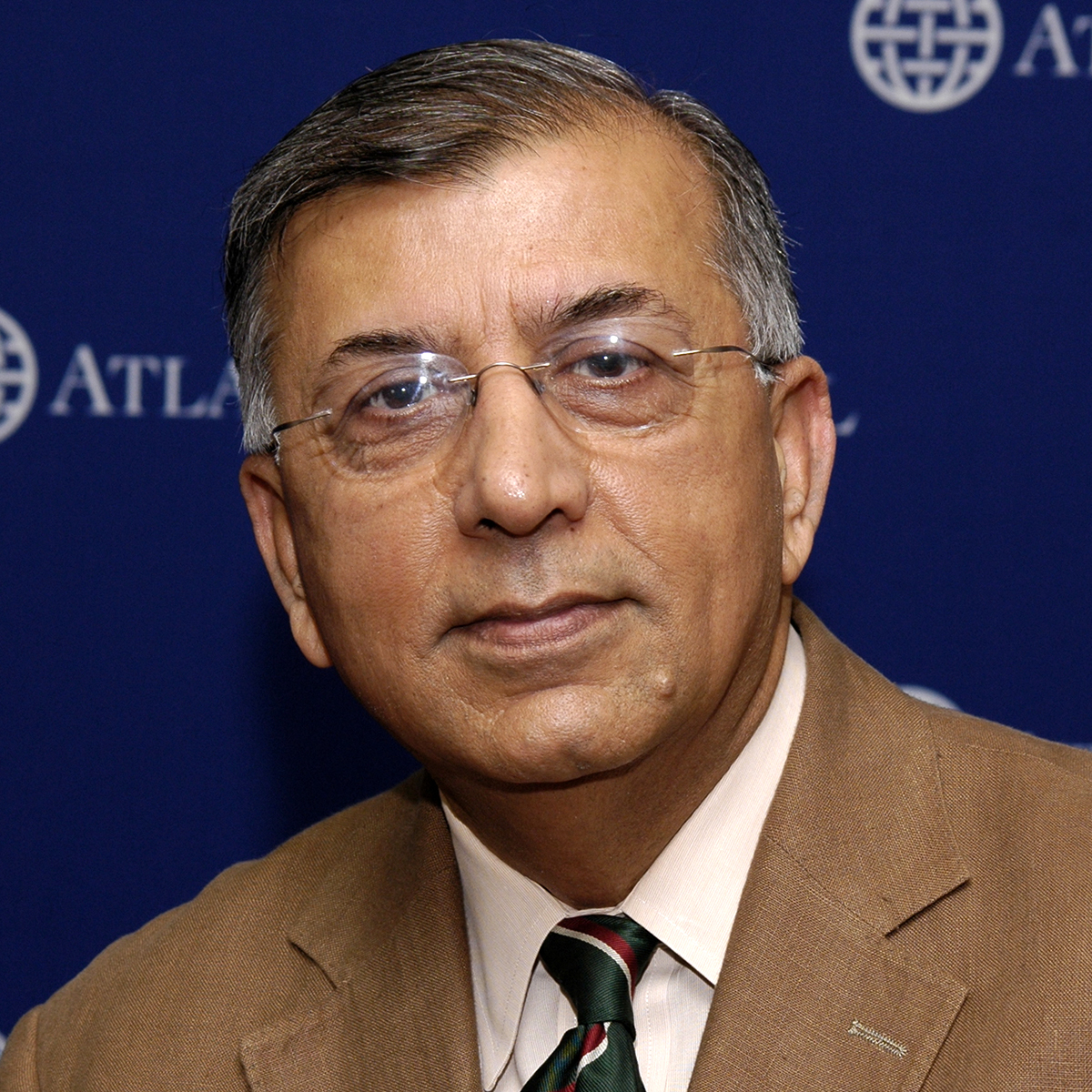
In an article for the September-October 2011 issue of The American Interest, South Asia Center Director Shuja Nawaz discusses the fragility of Pakistan’s coalition government.
Below is an excerpt from the article. To read it in its entirety, please visit The American Interest Online.
After a tumultuous 2010, Pakistan entered the second decade of the 21st century with many wondering if the country was nearing a proverbial tipping point, in this case one to be followed immediately by a sharp fall. Some feared that Pakistan’s fragile government would implode, ushering in another military regime, a radical Islamic regime, or both in some hectic and probably bloody sequence. Some feared that the entire polity would explode, giving rise to de facto partition and chaos.
Such speculations are not entirely new. Pakistan’s fragility has evoked worries about its political stability many times before. What is new about current worries is both how widespread they are and how broad the implications appear to be. The United States is seeking a smooth transition out of its nine-year war in Afghanistan, and Pakistan is universally acknowledged to be a key but conflicted element in the process. Indeed, the Obama Administration has flipped the strategic lens, reportedly seeing Pakistan’s travails as the greater potential danger to both U.S. interests and regional peace, even while the war in Afghanistan necessarily remains a more urgent day-to-day priority.
Note that all of this was true before the Obama Administration’s decision to take out Osama bin Laden in the heart of Pakistan, an act, however justified it may have been, that has created vast turmoil inside Pakistan’s establishment. The Pakistani army is now being forced to grapple with the country’s own security weakness and dependency on the United States, on the one hand, and the rising anger of its people against the military and government, on the other. It may either choose stability by altering its current ambivalent stance toward the United States, the Afghan Taliban holed up in its western badlands and the Punjabi Taliban and other extremists threatening war with India, or face an uncertain future by maintaining its current course.
It is a mistake, however, to overprivilege recent events. It is no mean feat to untangle the various elements that drive Pakistani foreign policy, and in that nothing has changed since May 2. Many of these elements are rooted in the nation’s domestic political culture. Others are based in the unique interplay of personalities presently trying to navigate this political culture. Still others reside in Pakistan’s regional setting and international relationships: its perpetual fixation on India and the fate of Kashmir, its relations with Iran, Turkey and the countries of Central Asia, and its strategic engagements with both the United States and China. Some drivers even qualify as acts of God: unprecedented floods and international economic turmoil far beyond Pakistan’s control, for example. Even in the best of times it is a challenge for Pakistani leaders to balance all of these influences, which push and pull them in different directions simultaneously. And these have not been the best of times, even before the U.S. Special Forces raid that killed Osama bin-Laden on Pakistani soil.